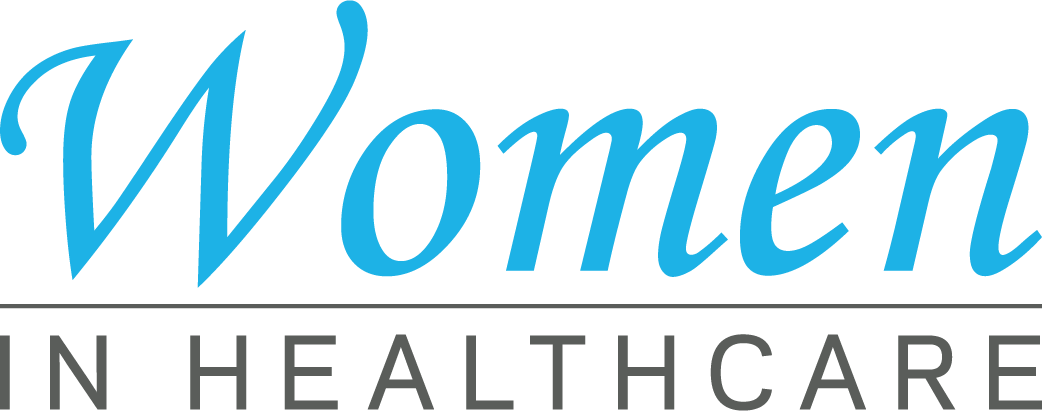Best Healthcare RCM Practices to Boost Functional Performance and Collections
Wiki Article
A Comprehensive Guide on Just How Health Care RCM Works to Simplify Invoicing and Collections
Browsing the intricacies of health care income cycle management (RCM) is crucial for providers intending to enhance their invoicing and collections procedures. The overview unboxes the complexities of RCM, from person enrollment to accounts receivable monitoring, offering understandings right into maximizing each step.Understanding Revenue Cycle Monitoring
Realizing the intricacies of Income Cycle Management (RCM) is vital for health care companies intending to maximize their financial performance. RCM is an important management feature that incorporates the whole economic procedure of client care, from the first visit readying to the last repayment of the balance. It is a complex procedure designed to identify, collect, and manage the income from the solutions provided to patients. Effective RCM makes sure that doctor obtain precise and timely payments, minimizing the threat of income loss and enhancing cash money flow.The RCM procedure begins when an individual routines a consultation and prolongs via the individual's care trip, consisting of invoicing and collections. An essential goal is to minimize the time in between receiving and providing a solution payment, thus boosting the organization's economic wellness. RCM entails various features such as client enrollment, insurance verification, cost capture, coding, claims entry, payment posting, and taking care of denials and charms.
Secret Components of RCM
In the realm of Revenue Cycle Management (RCM), recognizing its vital components is essential to achieving financial performance within health care companies. RCM is a comprehensive process that includes numerous stages, each critical to guaranteeing effective invoicing and collections. The main parts consist of patient enrollment, insurance verification, cost capture, coding, case submission, settlement uploading, and balance due monitoring.

Once coded, insurance claims are sent to payers, where precision is vital to prevent hold-ups or rejections - Healthcare RCM. Settlement uploading entails taping the gotten settlements, which permits the reconciliation of accounts. Finally, receivables management concentrates on tracking and dealing with unsettled cases, guaranteeing timely follow-up and resolution
Each part of RCM is adjoined, and ineffectiveness in any type of part can interrupt the whole cycle. For that reason, grasping these components is crucial for doctor to optimize income and enhance their economic health and wellness.
Methods for Effective Invoicing

Standardizing payment treatments throughout the company is one more essential approach. Establishing clear standards for paperwork, coding, and entry helps preserve uniformity and compliance with regulatory requirements. Educating team consistently on these procedures makes certain everyone is updated with the current changes in payment codes and payer policies.
Precise cost capture is important in preventing income leak. Implementing regular audits and monitoring systems enables the identification and modification of discrepancies before they influence earnings. Furthermore, maintaining open lines of interaction with payers aids to quickly settle any type of conflicts or misconceptions that might develop.

Lastly, appealing patients early in the payment process by giving clear estimates and academic products regarding their economic duties can considerably reduce confusion and enhance payment timeliness. These strategies jointly add to a much more reliable and economically healthy and balanced payment system.
Enhancing Collections Procedures
Offered the intricacies of medical billing and the variety of payer demands, boosting the collections procedure involves implementing critical actions that ensure exact and timely payment of services made. Automation devices can aid in tracking case standings, sending timely tips to clients, and taking like this care of denials much more properly.Educating team to comprehend the nuances of insurance plan and payment codes is just as vital. This expertise encourages them to resolve billing disparities promptly and connect properly with people regarding their monetary responsibilities. Moreover, clear and clear person interactions are critical. Giving comprehensive explanations of charges and supplying adaptable layaway plan can increase patient satisfaction and punctual repayments.
Normal audits of the collections procedure need to be carried out to identify locations for improvement and make sure conformity with regulations. By assessing information, medical care companies can recognize fads, anticipate potential concerns, and adjust methods accordingly (Healthcare RCM). Eventually, a well-enhanced collections process not just sustains monetary wellness yet also contributes to a much more smooth experience for individuals and team alike
Optimizing Income Streams
Building upon the structure of a strong collections procedure, medical care companies can further boost their economic stability by purposefully optimizing hop over to these guys earnings streams. This involves a multi-faceted technique, beginning with an extensive analysis of existing revenue resources to determine inadequacies and locations for development. Utilizing innovative information analytics devices allows companies to get insights into payer mix, client demographics, and solution use patterns, enabling data-driven decisions that boost earnings capture.Implementing automated billing systems can dramatically reduce mistakes and speed up insurance claims processing, guaranteeing that earnings is collected a lot more efficiently. Moreover, enhancing payer contracts via routine arrangements can enhance reimbursement prices and terms, directly affecting the bottom line. Diversifying solution offerings, such as integrating telehealth or health care, can also bring in a broader person base, therefore increasing profits potential.
One more critical part is improving person interaction and complete satisfaction, as pleased patients are most likely to stick to therapy plans and make timely repayments. Offering adaptable settlement alternatives and transparent invoicing techniques can enhance collections and foster patient commitment. Healthcare RCM. By taking on these approaches, health care companies can produce a more resistant monetary framework, making certain sustained growth and stability in an ever-changing sector landscape
Verdict
To conclude, healthcare Revenue Cycle Management (RCM) plays a vital role in enhancing billing and collections procedures by incorporating crucial elements such as patient enrollment, insurance policy confirmation, cost capture, coding, declares submission, and receivable administration. By using innovative innovation, systematizing treatments, and cultivating individual involvement, health care companies can substantially decrease case rejections, speed up repayment cycles, and boost cash money circulation. This detailed strategy to RCM eventually leads to enhanced economic performance and sustainability for healthcare organizations.The RCM process starts when a client schedules a consultation and extends with the patient's treatment trip, consisting of browse around here billing and collections.An additional crucial component is improving client engagement and satisfaction, as completely satisfied clients are a lot more most likely to adhere to therapy plans and make prompt payments. Offering adaptable repayment choices and clear payment techniques can improve collections and foster person commitment.In verdict, healthcare Profits Cycle Administration (RCM) plays an essential role in optimizing invoicing and collections processes by incorporating essential components such as individual enrollment, insurance confirmation, fee capture, coding, claims submission, and accounts receivable administration. By employing innovative technology, standardizing procedures, and promoting person interaction, medical care carriers can considerably decrease claim denials, accelerate repayment cycles, and improve money flow.
Report this wiki page